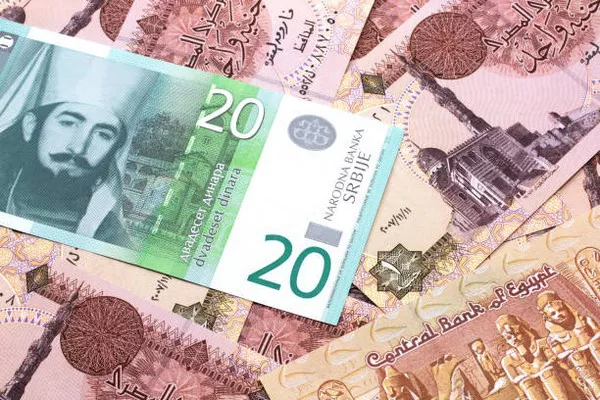The English pound, a cornerstone of the British monetary system, not only serves as a symbol of financial stability but also carries a rich tapestry of history and tradition within its design. As one of the oldest currencies in circulation, the pound sterling has evolved over centuries, reflecting the nation’s heritage and global influence. In this article, we delve into the physical attributes, historical evolution, and cultural significance of the English pound, offering a comprehensive exploration of its enduring legacy.
The Physical Representation
The English pound, commonly denoted by the symbol “£,” exists in both banknotes and coins, each bearing distinct characteristics that contribute to its recognizability and functionality. Banknotes, issued by the Bank of England, feature portraits of notable figures from British history on the front, while the reverse typically showcases iconic landmarks, symbols, or historical events. These banknotes come in various denominations, including £5, £10, £20, and £50, with each denomination possessing unique design elements for easy identification and security purposes.
Conversely, coins, minted by the Royal Mint, offer a tactile representation of the pound sterling. Ranging from the penny to the pound coin, each denomination features intricate designs embodying aspects of British culture, history, and heritage. The obverse side of the coins usually features the effigy of the reigning monarch, while the reverse side incorporates symbols such as national emblems, heraldic motifs, or significant landmarks. Additionally, coins vary in size, weight, and metal composition, catering to diverse transactional needs and preferences.
Historical Evolution
The history of the English pound dates back to the medieval period, characterized by the use of silver pennies as a medium of exchange. Over time, the pound sterling emerged as the official currency of England, with its value anchored to a specific weight of silver or gold. The adoption of the gold standard in the 19th century further solidified the pound’s status as a stable and internationally recognized currency, facilitating trade and commerce on a global scale.
Throughout its history, the design of the English pound has undergone numerous revisions, reflecting shifting political, economic, and cultural dynamics. From the introduction of intricate heraldic motifs during the Tudor era to the modern security features integrated into contemporary banknotes, each iteration represents a synthesis of tradition and innovation. Notable milestones include the introduction of paper money by the Bank of England in the 17th century and the transition to polymer banknotes in the 21st century, marking a paradigm shift in currency durability and security.
Cultural Significance
Beyond its utilitarian function, the English pound holds significant cultural and symbolic value for the British people. As a tangible expression of national identity and heritage, the pound sterling embodies the collective memory, achievements, and aspirations of the nation. The portrayal of historical figures, landmarks, and events on banknotes and coins serves as a visual narrative of Britain’s past, fostering a sense of continuity and connection across generations.
Moreover, the English pound serves as a potent symbol of economic prowess and global influence, reflecting Britain’s status as a leading financial center and trading hub. The widespread use of the pound sterling in international transactions, coupled with its historical association with stability and reliability, reinforces its status as a currency of choice for investors, businesses, and governments alike. Furthermore, the iconic status of the pound sterling transcends national borders, resonating with individuals around the world who admire Britain’s rich cultural heritage and legacy.
Conclusion
In conclusion, the English pound stands as a testament to the enduring legacy of British craftsmanship, ingenuity, and resilience. From its physical representation in banknotes and coins to its historical evolution and cultural significance, the pound sterling embodies the essence of British identity and tradition. As a symbol of financial stability, national pride, and global influence, the English pound continues to command reverence and admiration both at home and abroad. In an ever-changing world, the pound sterling remains a steadfast anchor, preserving the values and heritage that define the British nation.


